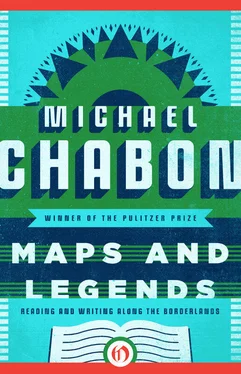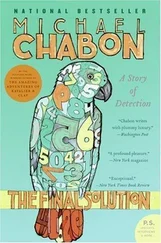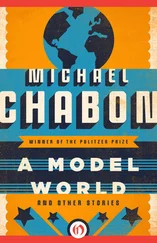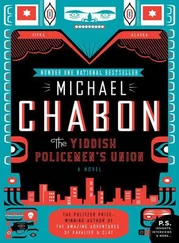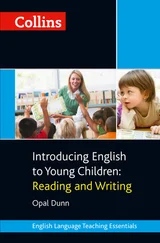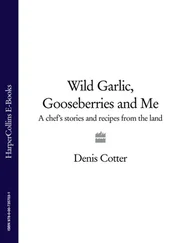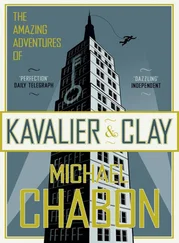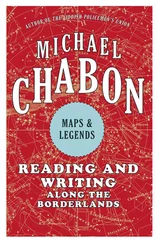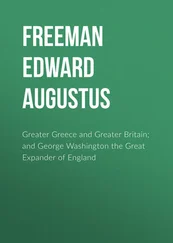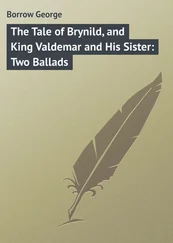2.
Secret sharers, deception and disguise, imposture, buried shame and repressed evil, madwomen in the attic, the covert life of London, the concealment of depravity and wonder beneath the dull brick facade of the world — these are familiar motifs of Victorian popular literature. In 1889, J. M. Stoddart, American editor of Lippincott’s Monthly Magazine, took Oscar Wilde and another writer to lunch, over which he proposed that each man write a long story for his publication. One of his lunch guests that memorable day went off and dreamed up a tale of an uncanny, bohemian, manic-depressive genius who stalks the yellow fog of London, takes cocaine and morphine to ease the torment of living in this “dreary, dismal, unprofitable world,” and abates his drug habit by compulsively scheming to peel back the commonplace surface of other people’s lives, betraying secret histories of violence and vice. Stoddart published Conan Doyle’s second Holmes novel as The Sign of Four. Wilde, for his part, turned in The Picture of Dorian Gray.
The Victorian habit of seeing double, of reading hidden shame and secret feelings into ordinary human lives, reached its peak with the detective stories of Sigmund Freud, and persists down to our time. It is tempting to read Conan Doyle’s biography as a classic Victorian narrative of this kind, of success haunted by shameful failure, marital fidelity that conceals adulterous love, robust scientific positivism that masks deep credulity.
Conan Doyle’s life was founded, beginning with his surname, on a series of braided pairs: Irishman and Scotsman, Celt and Englishman, doctor and novelist, anonymous failure and celebrated knight, athlete and aesthete, loving family man and callous wanderer, steadfast husband and hopeless swain, champion of truth and inveterate concealer, advocate of divorce-law reform and anti-suffragist, fife-playing eulogist of Agincourt and heartbroken mourner of the Somme. The series was perfected by an archetypical pair who have only Quixote and Sancho as rivals in the hearts of readers and in the annals of imaginary friendship, that record of wildly limited men who find in each other, and only in each other, the stuff, sense, and passion of one whole man.
Arthur Conan Doyle was the grandson of a caricaturist, the nephew of the designer of the original cover for Punch, and the son of Charles Doyle, an architect and painter who died, in a private sanatorium, of drink and of the kind of bitter, self-aware madness that sees itself as damnation through an excess of sanity. His was the kind of madness that reads the random text of the natural world and finds messages and secret connections, the agency of elves and demons and other liminal beings. Charles Doyle burdened his son with a legacy of failure and a treasure as rich and irrelevant as the ritual left by Sir Ralph Musgrave to his baffled heirs: an eccentric way of looking at the world, of making it, against all reason, cohere. The father’s fecklessness, epilepsy, alcoholism, and eventual commitment to an institution were for Conan Doyle the black axioms of existence, never acknowledged, sometimes denied.
Conan Doyle’s mother, Mary, whom he always called “the Ma’am,” seems to have been a model of Victorian motherhood, beribboned and cased in whalebone. She was also a storytelling Irishwoman who thrilled and terrified her children by the fireside on long winter evenings with ghost stories and legends of heroes and the Sidhe. A mother of ten (seven surviving childhood), a model of propriety, modesty, and self-sacrifice, she nonetheless maintained a lifelong relationship with a male lodger fifteen years her junior. Evidence of a sexual liaison between her and the lodger, a pathologist named Bryan Waller, is scanty but suggestive.
Waller’s residence in the Doyle house predated the institutionalization of Conan Doyle’s father, as did the birth of Mary’s last child, a girl who was carefully labeled with the name of Bryan Julia Doyle, Julia being the name of Waller’s mother. It does not require “the most perfect reasoning and observing mind the world has ever known” to draw the readiest conclusion. When Waller bought a house in the Yorkshire countryside, he took Mary and Bryan Doyle to live with him. He supported young Arthur financially, and Conan Doyle’s fateful decision to attend medical school was almost certainly determined by the wishes of his mother’s mysteriously powerful lodger. A reading of Daniel Stashower’s biography of Conan Doyle suggests that Bryan Waller was, in practical terms, the most important personage in Conan Doyle’s early life. And yet in all his subsequent published autobiographical writings and letters he never mentioned him, not once, neither to thank him nor to settle a score. There is an enigmatic reference in his memoirs: “My mother had adopted the device of sharing a large house, which may have eased her in some ways, but was disastrous in others.”
A number of Holmes stories center around the activities of sinister lodgers in boarding houses, machinating stepparents, or people who keep their loved ones locked away. Reproachful ghosts of the immured father, imprisoned for his own supposed good, can be glimpsed in the eponymous figure of “The Adventure of the Blanched Soldier”—the Boer War veteran hidden in a “detached building of some size” on the family estate in the belief that he had contracted leprosy in Africa. It can be seen as well in the forlorn inhuman visage of the mysterious captive in “The Yellow Face,” and in the ruined figure of “The Crooked Man,” a former soldier who haunts and kills the English officer who, years ago in India, betrayed him into the hands of torturers. Detective Freud might well conclude that Conan Doyle never entirely recovered from the pain and humiliation first of watching his mother cuckold his demented father in his own house and then of being obliged to stand by as the old man was packed off to the Montrose Royal Lunatic Asylum, never to return.
The braided pair of Conan Doyle’s family history and home life played out in a city that precisely mirrored its duality and duplicity. Even more than London, Edinburgh in the nineteenth century embodied the Jekyll-and-Hyde impulses of the Victorian mind. In London the evil and the good, the public and the private, tended to be presented as near neighbors. They even, as with Henry Jekyll and Edward Hyde, shared the same body. London was figured in jumbles like The Old Curiosity Shop, or Krook’s shop in Bleak House, in landscapes made uniform by fog and mud. Edinburgh, in the time of Conan Doyle’s childhood, consisted of two distinct cities, the Old Town and the New. The old medieval center of Edinburgh, “this accursed, stinking, reeky mass of stones and lime and dung,” as Thomas Carlyle called it, was notorious throughout Europe for its foulness. Beginning at the end of the eighteenth century it had, like Charles Doyle, been supplanted, though not fully replaced, by a stately city of gray stone, erected on a ridge to the north of the old burgh.
This partly successful act of deliberate moral self-improvement by a city proud of its recent intellectual and commercial accomplishments, and anxious to shed the stigma of its grim parochial past, produced a city with a secret sharer, a striving, rationalistic city whose grid of streets concealed an anxious memory of the bloody old Scots abyss. It also reflected the predicament, and the achievement, of Conan Doyle himself, who lived his dreary and anxious childhood among failure, genteel poverty, and the unimaginable oblivion of his father, on the one hand, and the relative fame and splendor of his successful, artistic Doyle grandfather and uncles in far-off London; between the ever-present specter of ruin and disgrace and the glittering future he dreamed of (and later achieved); between the weird, Irish-Catholic world of his mother’s hearth tales and the overtly empirical, Protestant narrative of urban Victorian Scotland.
Читать дальше
Конец ознакомительного отрывка
Купить книгу
